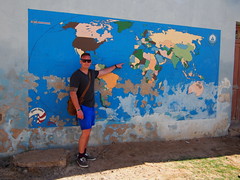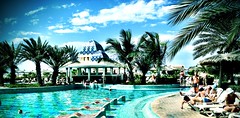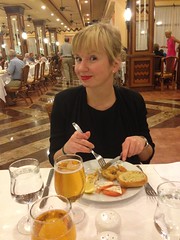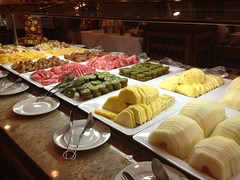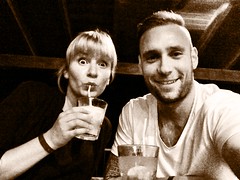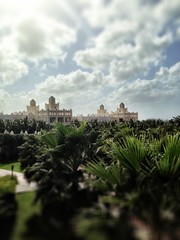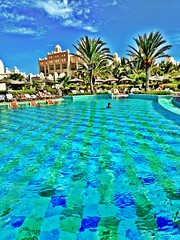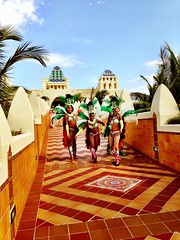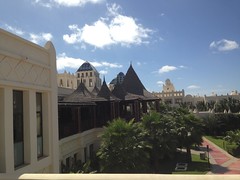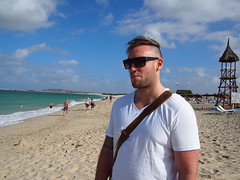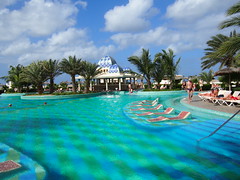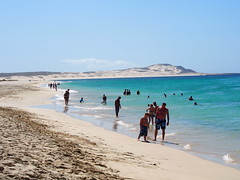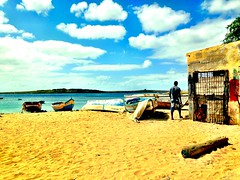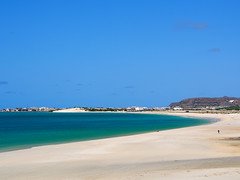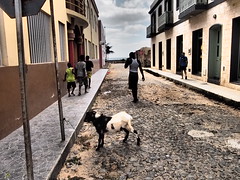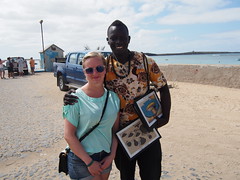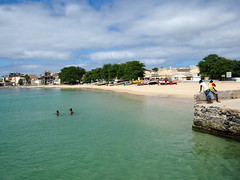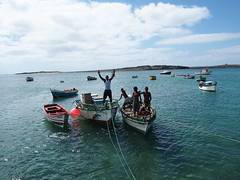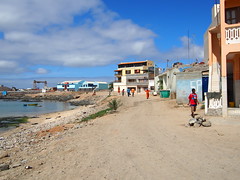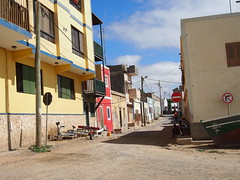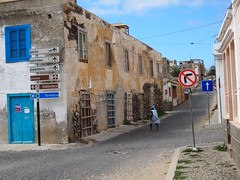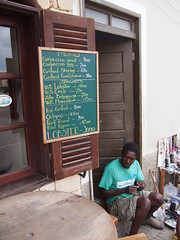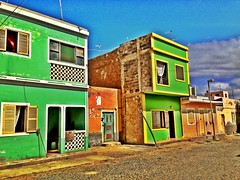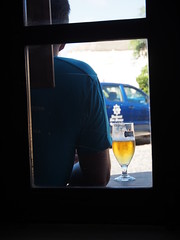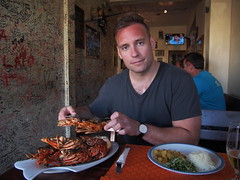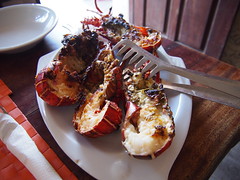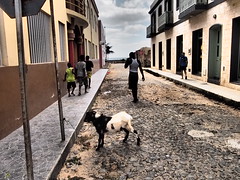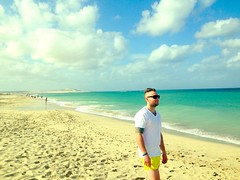The former Portuguese colony comprises 10 islands and five islets, all but three of which are mountainous. The archipelago lies around 500 kms off the west coast of Africa.
During the 20th century severe droughts caused the deaths of 200,000 people and prompted heavy emigration. Today, more people with origins in Cape Verde live outside the country than inside it. The money that they send home brings in much-needed foreign currency.
From the mid-1990s, droughts cut the islands’ grain crop by 80%, and in 2002 the government appealed for international food aid after the harvest failed.
Nonetheless, Cape Verde enjoys a per capita income that is higher than that of many continental African nations. It has sought closer economic ties with the US, EU and Portugal.
In 2008 Cape Verde became only the second country after Botswana to be promoted by the United Nations out of the ranks of the 50 least developed countries. In recent years it has seen economic growth averaging 6%, the construction of three international airports and hundreds of kilometres of roads.
Tourism is on the rise, but there are concerns that it poses a threat to the Cape Verde’s rich marine life. It is an important nesting site for loggerhead turtles and humpback whales feed in the islands’ waters.
Cape Verde became independent in 1975, a year after its sister colony, Guinea-Bissau, won freedom from Portugal. The two countries planned to unite, but the plan was ditched after a coup in Guinea-Bissau in 1980 strained relations.
In 1991 Cape Verde held its first free presidential elections, which were won by Antonio Mascarenhas Monteiro, who replaced the islands’ first president, Aristides Pereira.
More information here:
